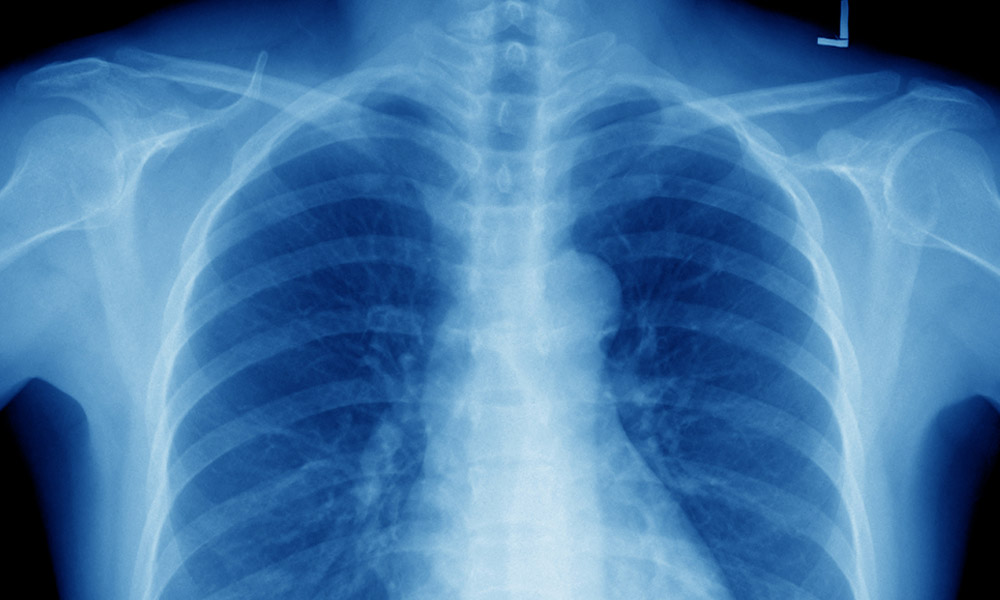
Dr Gareth Roberts is a General Respiratory Consultant who specialises in diagnosing and managing lung disease related to smoking.
The evidence that smoking increases your risk of lung cancer is very strong but people are generally much less aware that smoking also makes it more likely you will develop one or more chronic lung diseases in later life.
The main problems associated with smoking are chronic bronchitis, emphysema and chronic obstructive pulmonary disease.
Chronic bronchitis
This is diagnosed when the airways into the lungs are often inflamed and swollen because of the irritation caused by the tobacco components and smoke.
Virtually everyone with chronic bronchitis has a chronic cough and they produce lots of phlegm when they cough. Breathlessness is also a common symptom.
Lung tissue cannot repair itself so the inflammation and symptoms tend to progress and become worse over time.
Stopping smoking at any time can make a difference, however, as this breaks the cycle of irritation and means that the healthy tissue that still remains is not subjected to further damage.
Emphysema
Emphysema is also caused by long-term smoking.
The damage to the lung tissue causes the tiny air sacs to break down, allowing much larger pockets to form. These are not as efficient at extracting oxygen from the air that is breathed in so you feel very breathless.
The larger air sacs in the lungs also become inflamed, often filling with fluid. This is why emphysema is also called ‘water on the lungs’.
Chronic obstructive pulmonary disease (COPD)
COPD is usually diagnosed when someone shows signs of both chronic bronchitis and emphysema.
It is a progressive disease that leads to problems with getting air in and out of the lungs. The air that does get there cannot be processed efficiently, so less oxygen is taken in overall.
Patients with COPD often get breathless just when walking a short distance and find it difficult to work as the symptoms become more severe.
Diagnosing COPD
In addition to taking a complete medical history and performing a physical examination, Dr Gareth Roberts will arrange for further tests to be carried out to confirm the diagnosis of COPD. These include:
- A chest X-ray.
- A chest CT-scan (if the X-ray shows up problems).
- Lung functions tests, including spirometry. You may have a test with and without drugs to dilate your airways.
- A blood test to check for signs of infection or other underlying problems such as anaemia. These will be making you feel worse and can be treated independently from your COPD.
- Body mass index calculation – being overweight or obese will make your symptoms worse.
He will always advise you to give up smoking if you haven’t already and can refer you to a smoking cessation programme.
Treating COPD
COPD cannot be cured but we can do a great deal to lessen the symptoms and to prevent further damage to the lungs.
Unlike asthma, the breathlessness in COPD does not respond to bronchodilator inhalers. You will be given a range of medication tailored to your symptoms and how severe the lung damage has become.
